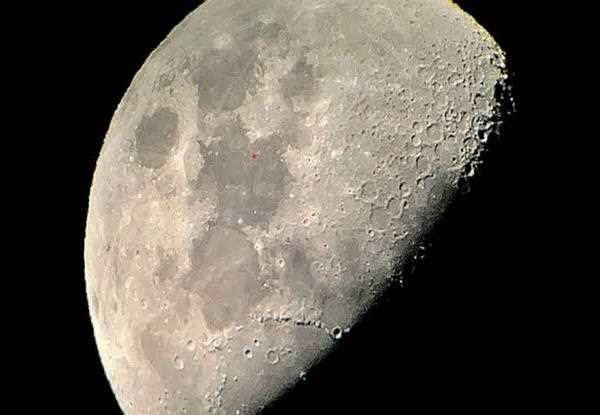
Where to look on December 8 to observe Mars go behind the moon.
- All of the planets in the Solar System, including Mars, occasionally pass in front of the Moon.
- The moon's occultation of a planet like Jupiter or Saturn is one of the rarest astronomical phenomena.
When the moon passes in front of something, in this case Mars, it is called a lunar occultation. Much of North America will be able to see this, however those in the Southeast and up most of the East Coast will just barely miss it. Even so, Mars will be visible close to the moon's bottom border.
According to NASA, depending on where you are, the moon's occultation will start some time between 6:30 and 9 p.m. local time. Your location will also affect how long it lasts. This week, you must set your alarm in order to witness a wonderful spectacle. Mars will totally eclipse the full moon on Thursday morning, a phenomenon called an occultation.
The map depicts the scene as seen from London at 4.30 a.m. GMT. On Wednesday night, the moon will move a little bit closer to Mars in the night sky throughout the preceding evening. On Thursday, around 4.58 AM GMT, Mars will pass behind the western hemisphere of the moon. It will emerge from behind the eastern limb an hour later. Depending on where you are in the UK, the timing could change by several minutes. More broadly, northern Europe, Greenland, and North America can all see the occultation. The northernmost tip of Africa will also be visible.
Look up local time zones online because they can differ by many hours depending on the nation. Since Mars passed closest to Earth on December 1, it will be at its brightest during the event, which is viewable with the unaided eye.
It will be straight across from the sun on Thursday, reflecting as much light as it can. Mars and Earth are approaching one another in their orbits around the sun, which occurs roughly every 26 months, and this is being used by each space programme.
Occultations can happen when the moon or a planet crosses paths with distant stars, other planets, or couples of planets. Despite the possibility of two or more heavenly bodies colliding from our perspective, these objects are millions of kilometres apart (or even separated by light years).


